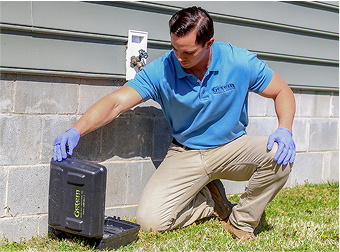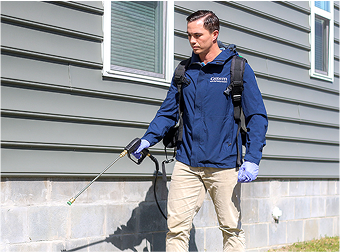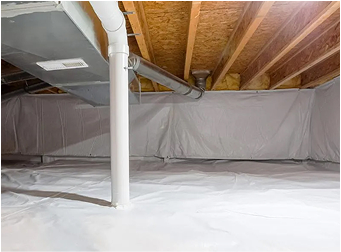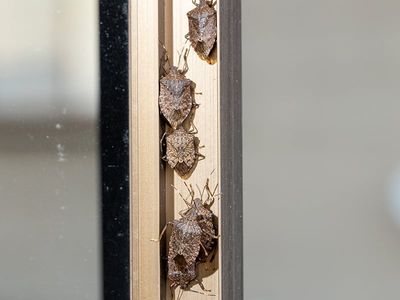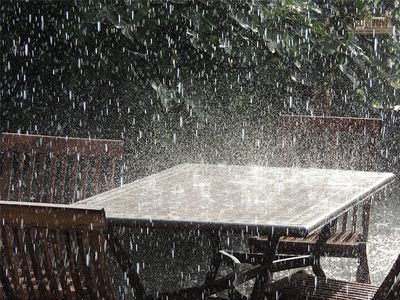What do silverfish look like?
Silverfish get their name both from their appearance and the way they move. They have metallic, silvery bodies that look like they’re covered in scales. Their body shape has been compared to fish, carrots, or teardrops, and is typically between half an inch to three-quarters of an inch long. In addition to two antennae, they also have three long, tail-like appendages that stick off their back ends.
Silverfish move in a fast, wiggling motion that resembles a fish moving through the water. They can move forwards, backwards, and sideways.
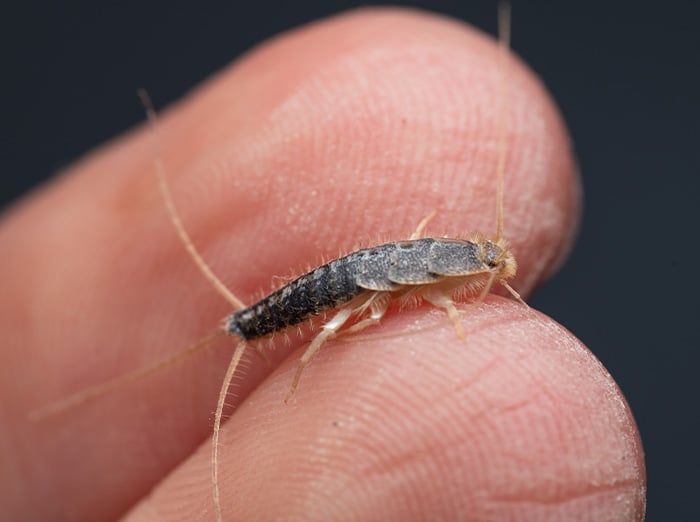
When are Silverfish most active?
Are silverfish harmful?
Silverfish are considered nuisance pests and are not harmful to humans or pets. However, that doesn’t mean they aren’t without their issues when they infest your house. These pests are not known to spread diseases, but they may damage your property.
Silverfish tend to infest areas where paper is present and can damage the areas they infest. You may notice damage to books, magazines, wallpaper, and similar items, especially if the silverfish infestation has existed for a while.
Silverfish will eat glue, clothing, and grains like oats and flour. They also like protein and will eat dead bugs, including dead silverfish. If they get into your house, they may contaminate your food or damage your clothing.
Do silverfish bite?
Silverfish are not known to bite. They also do not spread diseases, so you don’t have to worry about getting sick from a silverfish infestation.
Where do silverfish hide in homes?
Silverfish prefer moist, humid environments that are room temperature. Although they can be found in any area of your house, they are most likely to show up in bathrooms, attics, and basements. They can be especially plentiful in homes with shake roofs since they tend to be humid and often harbor plenty of dead bugs that can serve as a food source for silverfish.
What attracts silverfish to a home?
Silverfish will be attracted to your home if it offers them the right kind of food, water, and shelter. For food, they are attracted to both protein-rich foods and starchy items. If you have open or easily-accessible pantry items, a lot of books or magazines, or another pest problem, silverfish may be attracted to your home because it offers them a plentiful food source.
These pests require a lot of moisture to survive. If your house has moisture build-up or a lot of humidity, they’ll find a space inside where they can survive. Even if the interior of your home isn’t especially humid, if you have an attic, basement, or crawl space where moisture collects, you could attract these pests.
They’ll also be drawn to areas that are dark and undisturbed. Basements, attics, crawl spaces, under sinks, in storage areas, and under furniture are all places where silverfish might show up in your house.
How can I get rid of silverfish?
If you have found silverfish in your house, you’ll want to contact the professionals at Getem Services. We’ve been solving pest problems for over 100 years. We know what and where to look for so that your entire pest problem is eliminated at the source. Silverfish are good at hiding, but with our services, you can be certain that your entire infestation will be taken care of.
Our quarterly home pest control is designed to eliminate active pests and prevent new infestations. It’s your best choice for ongoing silverfish protection. We also offer moisture control services, which may be necessary if you’re dealing with silverfish. By eliminating moisture in your crawl space, you can help prevent silverfish and other pests, as well as improve your air quality. Contact us to discuss your options.
What's the best way to prevent silverfish from infesting?
Preventing a silverfish infestation is possible when you know what attracts them. We recommend the following preventative measures:
- Installing dehumidifiers
- Getting moisture control services
- Ensuring good cross ventilation
- Fixing leaking pipes and dripping faucets
- Replacing water-damaged wood
- Storing food in airtight containers
- Storing unused clothing and paper items in plastic tubs with tight-fitting lids
- Don’t store paper items in basements or attics
- Filling cracks in your foundation with caulk
- Filling gaps around windows
- Installing door sweeps on exterior doors
- Making sure window screens are intact with no holes or tears
- Covering vents with mesh screens


I would definitely use Getem again and recommend their services.






